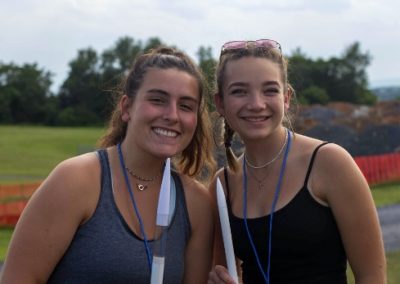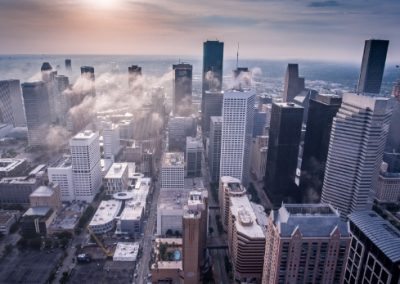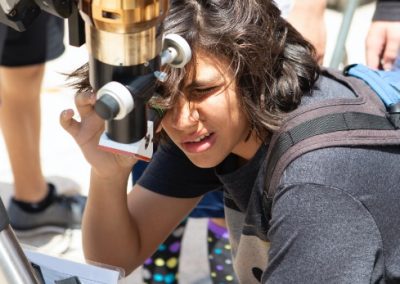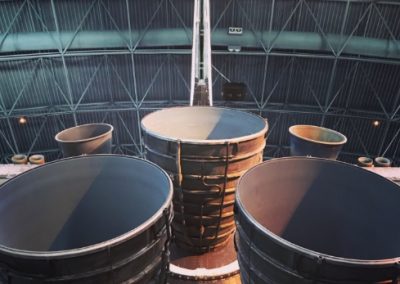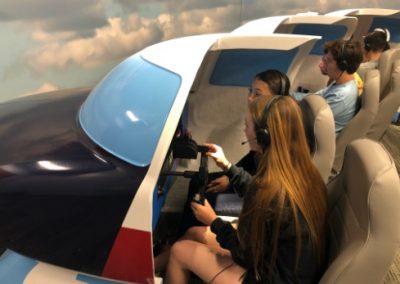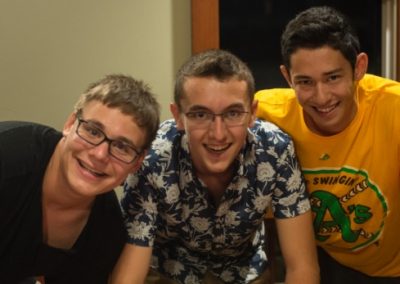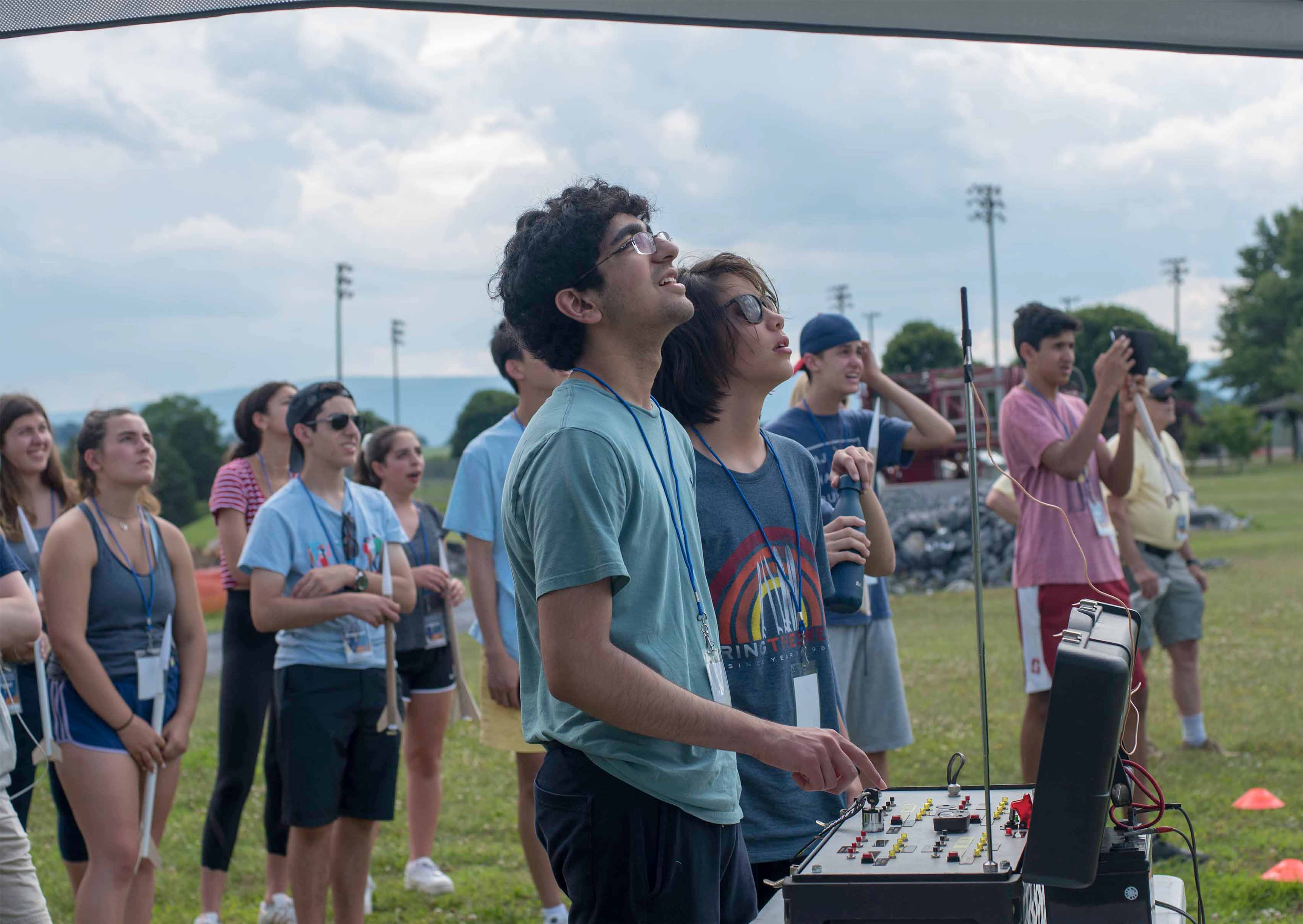Smithsonian Student Travel | Washington, D.C. & Houston
Delve into the world of aerospace technology and space exploration on this high school summer program as you travel from Washington, D.C., to Houston, Texas, home to NASA’s Johnson Space Center. Take an overnight trip to Shenandoah National Park, construct and launch your own rockets, and study the night sky away from city lights. In Houston, talk to aeronautic specialists, NASA experts, astronomers, and engineers to learn about the experiments being conducted on the International Space Station. Learn about potential future missions to Mars and debate the ethics of deep space exploration and the colonization of other planets. Immerse yourself in the cutting-edge technologies being used and developed today as you consider the implications of space travel and the challenges and benefits of exploring even further.
Highlights
-
Learn about aerodynamics, then build and launch your own rocket
-
Debate the merits and challenges of privatized space exploration
-
Visit the Johnson Space Center, home of the ISS’s Mission Control
-
Meet NASA scientists who are at the forefront of space exploration
Itinerary
This itinerary represents our plan for the program. However, we may implement changes if we identify opportunities to improve the experience, to take advantage of unexpected events, or to accommodate local schedule changes.
Arrival • Travel Day • Meet your student travel group and your trip leaders in Washington, D.C., as the official start to your program.
Washington, D.C. • 5 days • Begin your journey in Washington, D.C. Meet with industry pioneers, interview local experts, discuss pertinent topics regarding women in the profession, and deepen your understanding about what motivates humans to venture into outer space. Learn about the history of flight and the evolution from airplanes to spacecraft at the Smithsonian National Air and Space Museum, located right on the National Mall. Visit the Steven F. Udvar-Hazy Center, and see groundbreaking aircraft up close including the Enola Gay, the SR-71 Blackbird, and the space shuttle Discovery. Meet with a scientist at the National Museum of Natural History to learn about asteroids and meteorites, and view specimens from the National Meteorite Collection up close. Engage with the past, present, and future of the politics surrounding space exploration in discussions with legislators and historians. Visit monuments in Washington, D.C., and explore the diverse foods and flavors of the city’s restaurant scene.
Shenandoah National Park • 2 days • Take a crash course on the basics of aerodynamics, build your own model rockets, and launch them from the valley floor on a road trip to Shenandoah National Park. Hike and explore Shenandoah’s unique ecology with a local guide, stargaze away from the city lights, and embark on a guided astronomical journey through the lens of a telescope with a NASA Solar System Ambassador.
Houston • 4 days • Fly to Houston and meet with scientists on the cutting edge of space exploration at NASA’s Johnson Space Center. Have lunch with an engineer and hear about experiences in zero-gravity orbit and reflections gained from orbiting the Earth. Next, go behind the scenes to visit NASA’s high-tech training facilities. Learn how Mission Control communicates with the International Space Station, speak with local experts and brainstorm what it would really take to colonize Mars, and taste-test food that astronauts take on missions. Take a lesson on the physics of flight and aircraft design and maintenance, then try your hand at drawing up a flight plan. See if you have what it takes to pilot an aircraft during a flight simulation at the Lone Star Flight Museum, then try a thrilling ride of a different kind as you test the limits of modern engineering and experience near-zero-gravity at the Kemah Boardwalk. Enjoy freshly caught Gulf seafood and cool off at a local swimming hole.
As the program concludes, wrap up your independent project to share with your group and celebrate your time together.
Return • Travel Day • Fly from Houston to your final destination.
Smithsonian Student Travel Experts
The expert(s) highlighted below are examples of professionals that will join the group at various points throughout the itinerary to add their expertise and insight to the program theme.
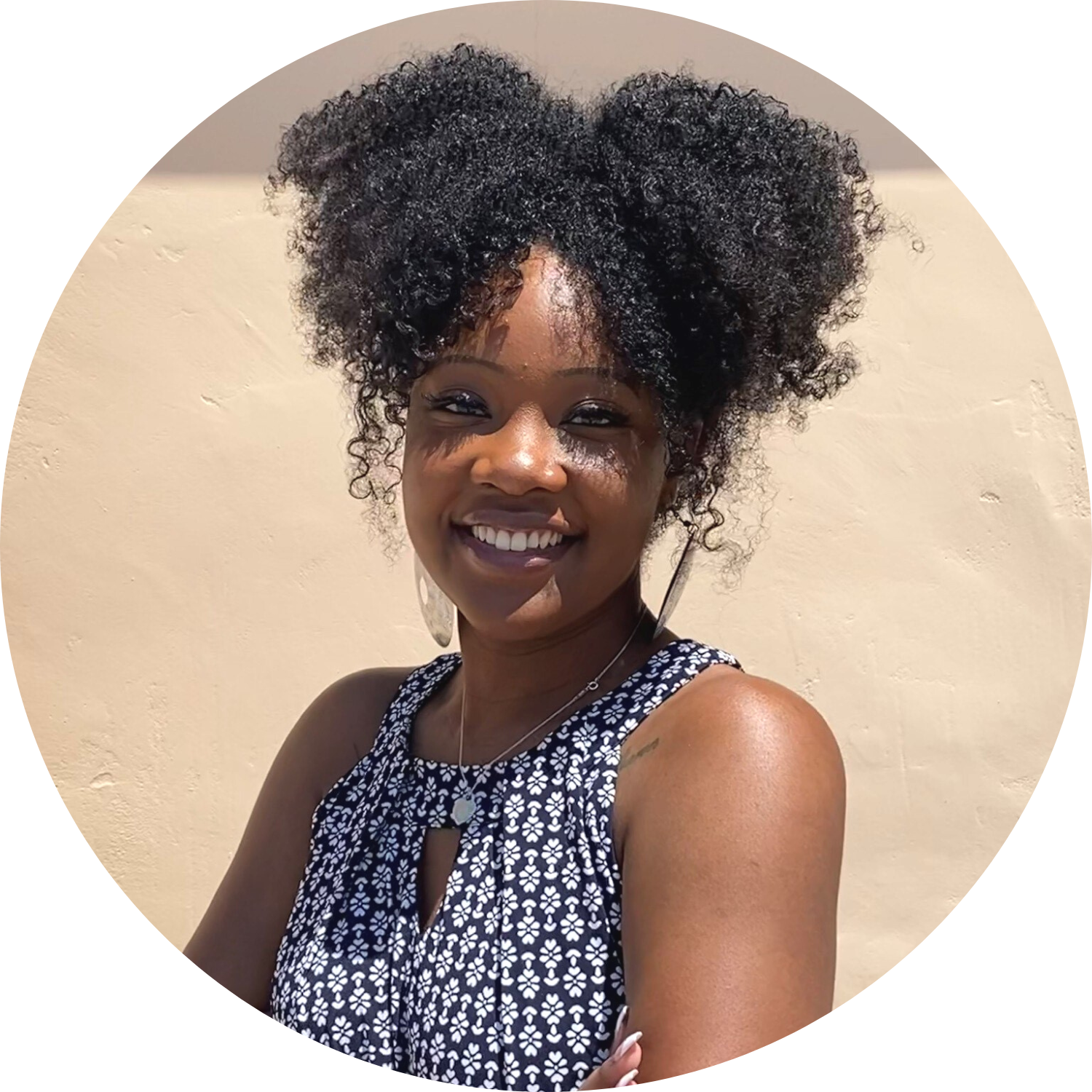
Naia Butler-Craig, Aerospace Engineering PhD Student
Naia Butler-Craig, 23, is an aspiring mission specialist astronaut who is establishing herself as one of the leading minority voices in the STEM industry. A 2021 Forbes 30 Under 30 selection, Naia is currently an Aerospace Engineering PhD student and GEM Fellow at the Georgia Institute of Technology as well as a NASA Space Technology Graduate Research Fellow. She also received a 2020 Modern Day Technology Leader Award from the Black Engineer of the Year Awards (BEYA). Since childhood, the Orlando, Florida native has had an unshakable love and curiosity for space and its enigma, math, science and engineering.
The insatiable passion for STEM led her to become the first-generation college and graduate student in her family. Despite the barriers and obstacles facing a young woman of color in the STEM field, Naia’s resume also includes: B.S in Aerospace Engineering with special concentration in Astronautics and a minor in Computational Mathematics Engineering at Embry-Riddle Aeronautical University; NASA Pathways intern in the Science and Space Technology Systems branch at Glenn Research Center; Member and research assistant of the High-Power Electric Propulsion Lab at Georgia Tech with a focus in plasma diagnostics.
A 2017 McNair Scholar, Naia is involved in a variety of professional, philanthropic and developmental extra-curricular activities on and off campus, including NSBE (National Society of Black Engineers), Dreams Soar Inc., Vision of Flight, the ERAU chapter of the Society of Women in Space Exploration (SWISE) at Embry-Riddle, and Tech Sassy Girls, amongst others. She has been a speaker, volunteer, and workshop host at various STEM outreach events and hopes to continue her work in deepspace exploration and inspire the next generation of diverse STEM Leaders.
Naia will be joining the June 25 departure of the Washington, D.C. to Houston program.

Paul Glenshaw, Filmmaker & Writer
Paul Glenshaw is an independent filmmaker, artist, and writer whose multidisciplinary work covers art, history, and aviation. He is co-director, writer, and producer of the World War I documentary The Lafayette Escadrille, distributed nationwide to PBS stations in 2021. His work for the Smithsonian Associates include his popular online series Art+History, Jazz in Paris, and other history lectures, as well as drawing instruction and history tours. He is a longtime contributing author and editor for Smithsonian’s Air & Space magazine, with expertise in the Wright brothers and pre-WWI aviation. Paul is the author of the theatrical concert To Swing Through the Sky, a commission by George Mason University that traces the twin histories of jazz and powered flight. His drawings made at the Folger Shakespeare Library were featured on their Shakespeare and Beyond blog. He is currently creating a series of drawings made from the remains of Civil War casualties at the National Museum of Health and Medicine. At the start of the 2020 pandemic, he co-created The Seven Tones Project, which paired musicians and filmmakers to create 40 short films based on the music of Duke Ellington. He began his career at the National Gallery of Art, selling postcards in the bookstore, and then printing exhibit labels.
Paul will be joining the July 23 departure of the Washington, D.C. to Houston program.
What to Expect
Accommodations • Accommodations at each of our stops are comfortable hotels or hostels. Leaders reside with students throughout the program.
Climate • Summers in Washington, D.C., are warm and humid with highs in the mid-80s °F and lows in the 50s. Houston is similarly warm and humid, with highs in the 80s and 90s, and lows in the 60s.
Meals • We enjoy meals at local restaurants and cafes, and sometimes take picnic lunches to local parks.
Enroll in two programs & save $500!
$300 tuition discount + no second application fee

